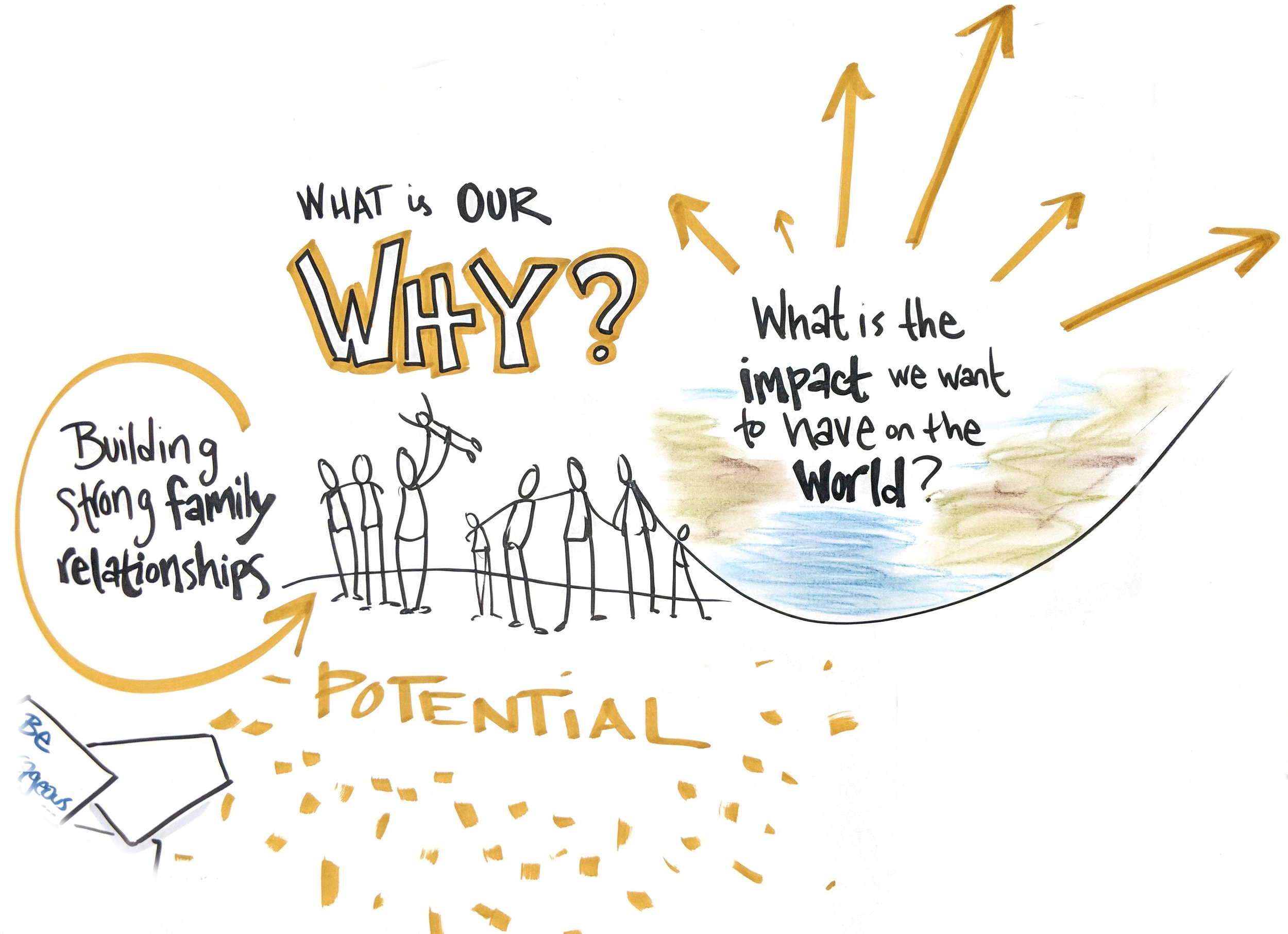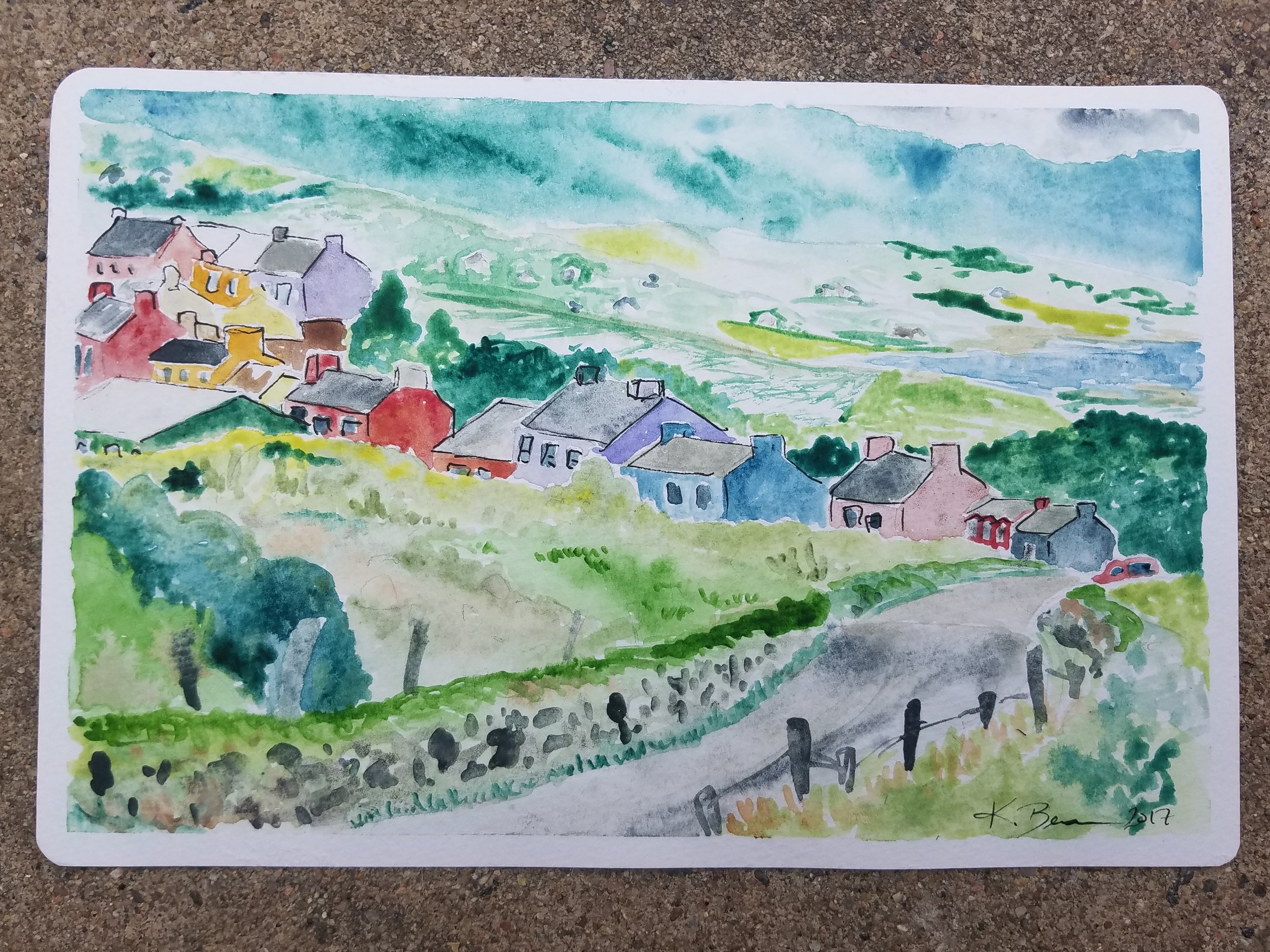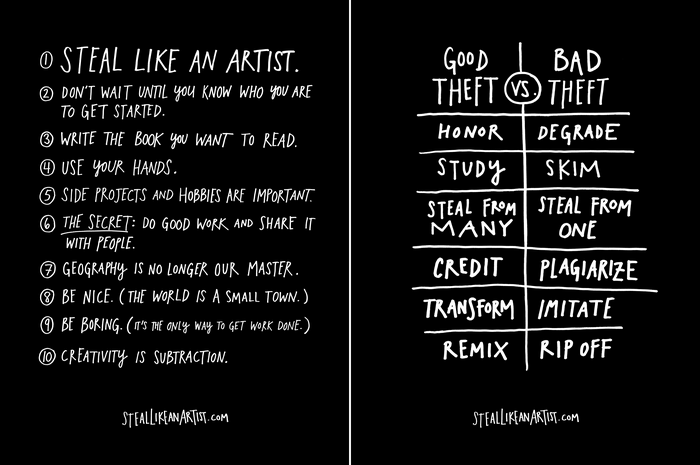Have you ever shared something that seemed like second nature to you, but when you shared it, people were delighted and learned something new?
Last month I got to surround myself and learn from others in my professional field at the International Forum of Visual Practitioners (IFVP) conference. Here’s part two of my reflections from the event on where the field is headed and where I’m showing up.
For the first time, I presented a breakout workshop during the conference. At IFVP, I’ve always seen myself as a newbie, even though I’ve been a graphic recorder and facilitator for more than 8 years. I love teaching and facilitating, and I thought it was about time I offered something from my perspective back to my community. The topic? Email marketing that feels authentic AND builds your business.
Stepping into my expertise felt GREAT. People had a blast and applied what they learned. I may have flossed (the dance move, not the dental hygiene…At least not during my workshop). Sharing things that seemed obvious to me were revelations for my audience, and it was a treat to get to share more of my quirks and winning humor with my captive audience ;).
So I encourage you to consider: How might you stepping into ownership of your knowledge? How are you giving back to your community? Whether it’s volunteering or simply offering smiles to strangers, you can have an impact far greater than you know!
Want your meetings to have a greater impact? Let’s talk about how visuals can elevate engagement, understanding, and action at your event!
Once again, thank you from my heart and soul for your support, great senses of humor, brilliant minds, collaboration and what you're each doing to make the world a better place.
Cheers,
Where in the World is ConverSketch?
CU Boulder: Teaching a short-course on basics of visual communication and graphic recording for the Master of the Environment summer program. These students got it right away and immediately jumped in with two feet to re-design infographics on agriculture in Boulder County.
Albuquerque, New Mexico: Back with the New Mexico Breastfeeding Task Force to support a Summit on Maternity and Infant Care for professionals across the state. A favorite session and graphic recording chart was on Mindfulness Meditation as a tool for self care. Namaste!
Aspen, Colorado: For the 10th annual Tech Policy Institute Aspen Forum! I learned about and scribed everything from “tech-lash” to cryptocurrency regulation to AI and machine learning and the role policy plays




























